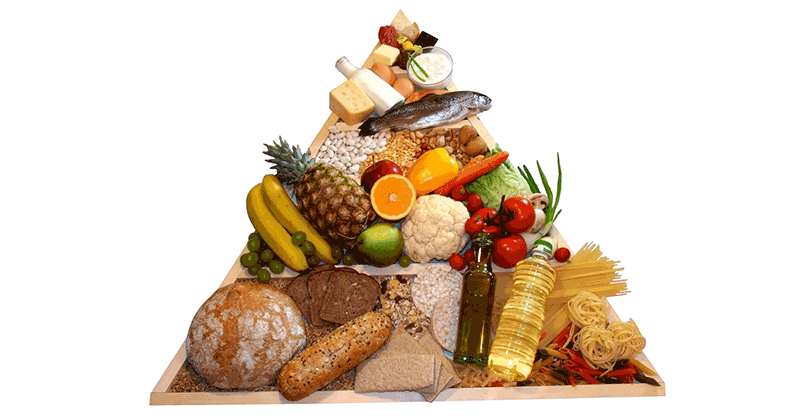1. Starchy carbohydrates
Carbohydrates should account for the largest part of your meal. Potatoes, rice, beans, pizza, whole wheat, couscous, and pasta are all options. Your body needs the carbohydrates present in these foods to produce electricity. Carbohydrates also assist in muscle health, blood pressure control, and cholesterol reduction.
2. Fruits
Fruits are high in vitamins and minerals such as folate, vitamin C, and potassium. They’re high in dietary fibre, which will help keep the intestine balanced and avoid constipation and other digestive issues. A high-fibre diet will also lower the risk of bowel cancer.
Fruit, when ingested in moderation, can be a very good component of a balanced diet. Fruits are rich in fibre, which reduces cholesterol and encourages daily bowel movements.
3. Vegetables
Consuming vegetables on a daily basis is essential to maintain good health. Vitamins, minerals, and other foods, such as antioxidants and fibre, are all found in them. People who consume at least 5 servings of vegetables a day have the lowest chance of multiple illnesses, including cancer and heart disease, according to research.
People who consume more vegetables and fruits as part of a healthier diet are less likely to develop chronic diseases. Vegetables provide essential foods for wellbeing and maintaining your body. The bulk of vegetables have low fat and calorie quality by nature.
4. Proteins
The body needs protein to build and rebuild itself. Since it is in the centre of the pyramid, a moderate volume can be eaten at each meal. Meat, fish, poultry, eggs, and dairy products are examples of high-quality proteins (those that are of animal origin and are easier for the body to absorb). Grains, fruit, vegetables, peas, beans, nuts, and seeds all count as low-quality proteins in your everyday diet.
5. Dairy and Sweets
Dairy is also at the top of the food continuum, so it can be consumed in moderation at all times. Choose from a range of milk, cheese, yoghurt, butter, cream, and other animal milk-based products.
At the top of healthy food, pyramids are fats and sugars. There are non-essential nutrients that can be consumed in moderation.
Be sure you never consume small portions of snacks like cookies, crisps, desserts, pastries, and other packaged foods like pizzas, ready-meals, and pies, as they are high in calories and have no nutritional value. Often, avoid saturated fats (typically those obtained from animal products, such as butter and meat), which may increase cholesterol and be dangerous to one’s well-being.


![]() 10 minutes
10 minutes


![]() 10 minutes
10 minutes